Florida Scrub Lizard
Found only in Florida, the Florida scrub lizard, Sceloporus woodi, is only found in scrub ecosystems in the peninsula of Florida. Its range is fragmented, comprised of 3 main populations.
One population is in the center of the peninsula, mostly along the Lake Wales Ridge in Putnam, Lake, Marion, Orange, Osceola, Polk, and Highlands counties. The second is in the Ocala National Forest which contains the most habitat for this species. The third area is along the east coast from Brevard County south to Miami-Dade County. This last population has been shrunk down to now only extending south to Palm Beach County due to loss of habitat.
There was a 4th population that occurred on the gulf coast in Lee and Collier Counties, but that population has been extirpated due to loss of habitat. The last time an individual was sighted in that area was in 1994.
Florida scrub lizards are habitat specialists. They require open scrub with large areas of bare sand, but also trees and shrubs to provide shade during the heat of the day. Scrub rosemary inhibits other plant growth that provides this open area. Fire also helps to keep the scrub open for this species, as well as many others. A loss of suitable habitat due to fire suppression as well as development is the number one threat to Florida scrub lizards.
While not officially protected, this species has been under review and while not listed as threatened or endangered, without protections given the ecosystems they inhabit, their populations will continue to decline.
This is a small, insect-eating species that only grows to about 5 inches. It is one of two species in Florida of the genus Sceloporus, the other being the eastern fence lizard. While these two species look similar and have overlapping ranges in Florida, the Florida scrub lizard can be distinguished by the solid brown stripe running laterally down the lizard. The males will have an unmarked back and a blue belly. Females will sometimes have a slight bluish hue to their bellies, but nothing like the bright blue of the male.
Due to the fragmented populations and extremely limited ability for the species to disperse, the different populations contain a high degree of genetic diversity from each other. This fact has to be taken into account with any management plans for the species. In 2019, 100 lizards from Martin County were relocated to the Hypoluxo Scrub Natural Area in central Palm Beach County. This area is 23 miles south of their current range in the Atlantic coast population.
When in scrub areas in their range, keep your eye out for this beautiful Florida resident!

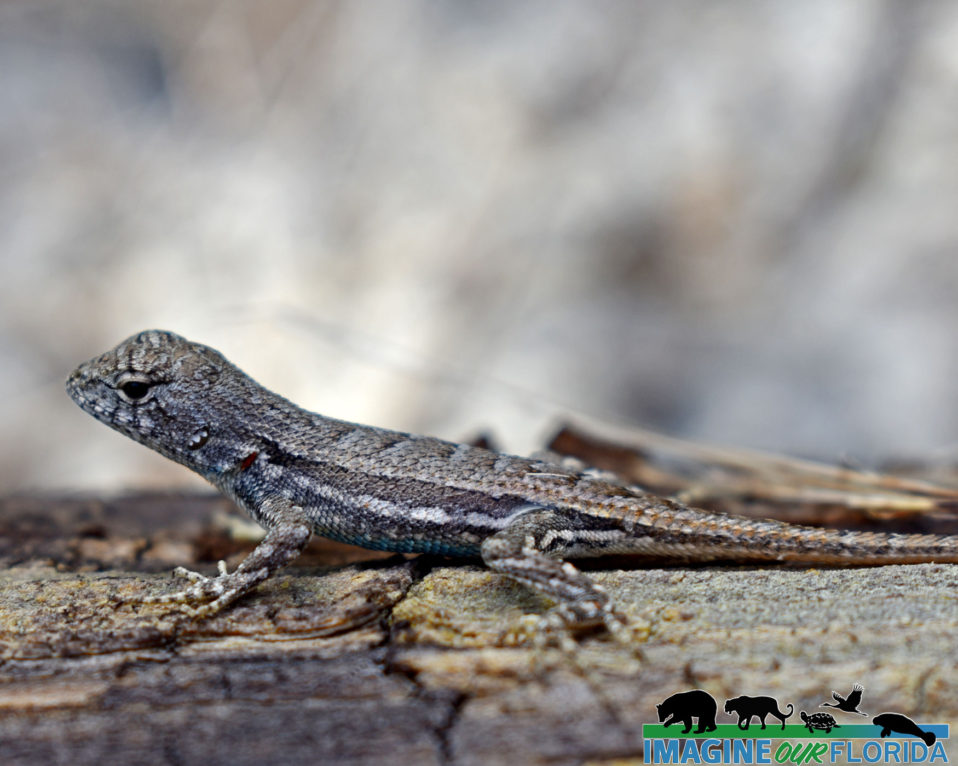
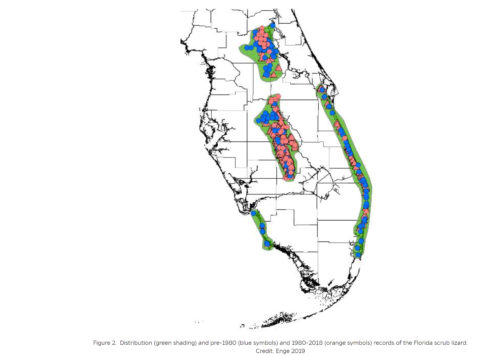
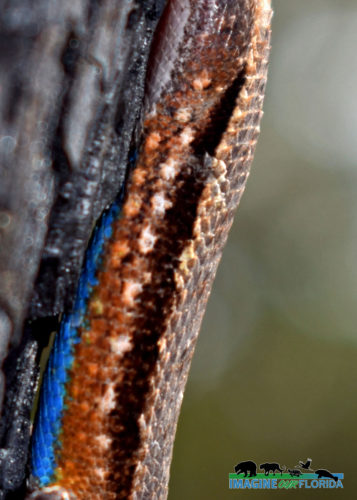
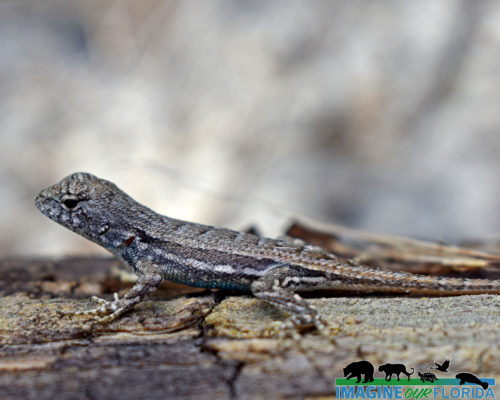
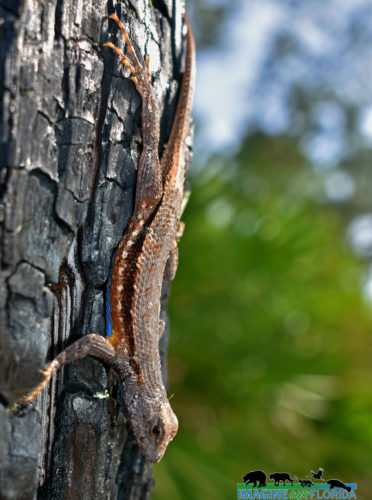
Recent Comments